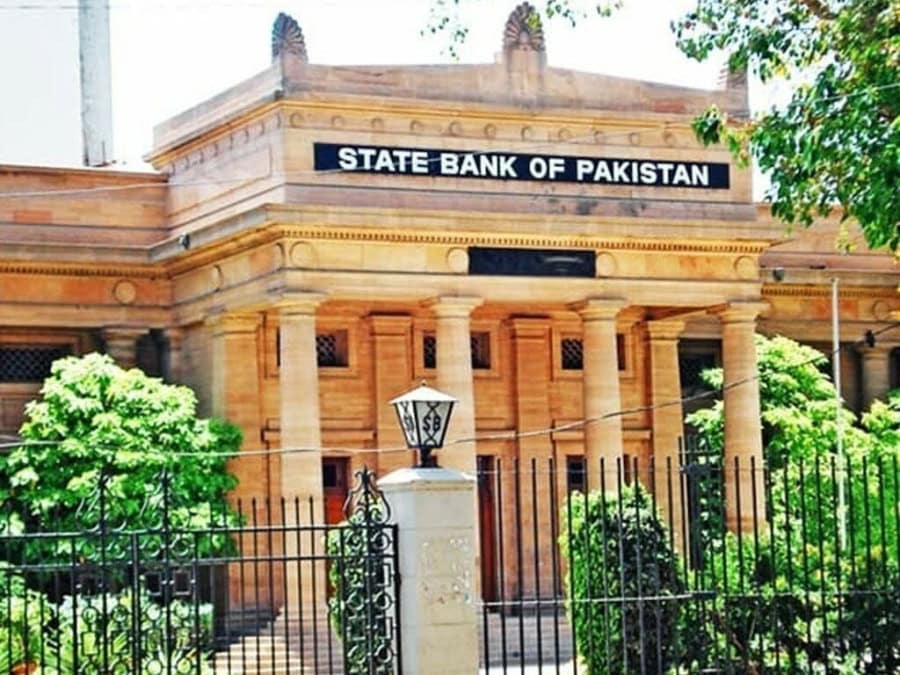In the latest episode of the SBP Podcast series, Director of the Monetary Policy Department Amin Lodhi discussed the monetary policy decision taken on September 14, 2023.
The episode offers insights into the factors leading to the decision, economic indicators considered by the Monetary Policy Committee (MPC), future trajectory of inflation and economic outlook in light of the recent developments.
The Monetary Policy Committee (MPC) of the SBP, decided to maintain the policy rate at 22 per cent. The decision of the MPC was based on recent economic indicators. Most significantly, inflation, which peaked at 38 per cent in May, has gradually decreased to 27.4 per cent in August 2023 due to tight monetary policy and fiscal contraction. SBP expects this downward trend to continue with the high policy rate leading to positive real interest rates on a forward-looking basis, along with lower demand. Improvements in agriculture output and a shift in money supply composition towards Net Foreign Assets (NFA) are also expected to contribute to curbing inflation.
The Podcast addressed apprehensions about Pakistan’s Current Account Deficit (CAD) due to the recent increase in raw material imports and its potential impact on inflation.
Mr Lodhi assured that the CAD is in line with SBP’s projections for FY24, minimizing the risk of additional inflationary pressures. He stressed that Pakistan’s economic recovery is expected to be moderate. The growth rate of Net Domestic Assets (NDA) is expected to slow down due to fiscal contraction and increased external financing, thus improving the inflation outlook. Regarding the recent increase in petroleum prices by the government, the Podcast clarified that these factors were already considered in the MPC’s decision.
The episode delved into the importance of achieving a Primary Account surplus of at least 0.4 per cent to meet the medium-term inflation target of 5 – 7 per cent.
Primary Account which excludes interest payments from government expenditures, reflects whether a government adopts contractionary or expansionary fiscal policies. Prominently, government expenditure affects aggregate demand and, therefore, inflation.
Achieving a fiscal surplus entails widening the tax net, reducing losses in public sector organizations, and providing targeted subsidies to manage aggregate demand and control inflation.










